Prices in AUD. Shipping worldwide. Flat rate $8 postage per order within Australia. International by weight calculated at checkout. Read full terms.
-

Plenty: Women Artists of Townsville
AU$10.00 Read MoreAdd to cartSylvia Ditchburn
Townsville: Perc Tucker Regional Gallery, 1996.Catalogue of works with short biographies on Barbara Cheshire, Sylvia Ditchburn, Jackie Elmore, Marion Gaemers, Jane Hawkins, Connie Hoedt, Anne Lord, Karla Pincott, Trudi Prideaux, Anneke Silver, and Margaret Masse Wilson.
-
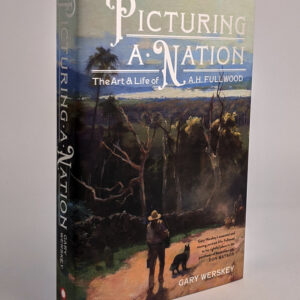
Picturing a Nation: The Art & Life of A. H. Fullwood
AU$50.00 Read MoreAdd to cartGary Werskey; A. H. Fullwood
Sydney: NewSouth Publishing, 2021.“The untold story of a major Australian artist. Regarded in his day as an important Australian impressionist painter, A.H. Fullwood (1863-1930) was also the most widely viewed British-Australian artist of the Heidelberg era. Fullwood’s illustrations for the popular Picturesque Atlas of Australasia and the Bulletin, as well as leading Australian and English newspapers, helped shape how settler-colonial Australia was seen both here and around the world. Meanwhile his paintings were as celebrated as those of his good friends Tom Roberts and Arthur Streeton. So why is Fullwood so little known today? In this pioneering, richly illustrated biography, Gary Werskey brings Fullwood and his extraordinary career as an illustrator, painter, and war artist back to life, while casting a new light on the most fabled era in the history of Australian art.” (publisher’s blurb)
-
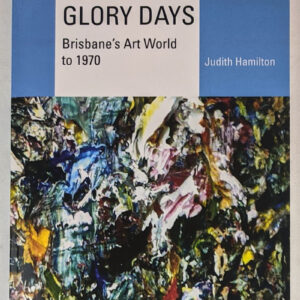
Glory Days: Brisbane’s Art World to 1970
AU$35.00 Read MoreAdd to cartJudith Hamilton
Brisbane: Boolarong Press, 2020.“This book recounts the glory days when Brisbane was seen as the art capital of Australia. Great artists such as renowned, award winning artist, Margaret Olley and two time Archibald winner, William Robinson, were developing and exposing their skills. Brisbane had many prestigious art galleries, art organisations and groups. These times inspired great art teachers such as Wendy Allen and Mervyn Moriarty who made such a big impact on the education of students in primary and secondary schools and tertiary colleges in the city and country areas of Queensland.” (publisher’s blurb)
-

Three Four Sixteen Eighty and a Hundred
AU$10.00 Read MoreAdd to cartLeonard Brown
Brisbane: Andrew Baker Art Dealer, 2008.Exhibition catalogue.
-
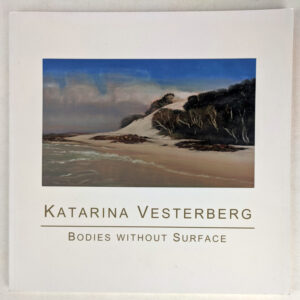
Bodies Without Surface
AU$10.00 Read MoreAdd to cartKatarina Vesterberg
Brisbane: Andrew Baker Art Dealer, 2012.Exhibition catalogue.
-

A Temporal View
AU$10.00 Read MoreAdd to cartKatarina Vesterberg
Brisbane: Andrew Baker Art Dealer, 2014.Exhibition catalogue.
-
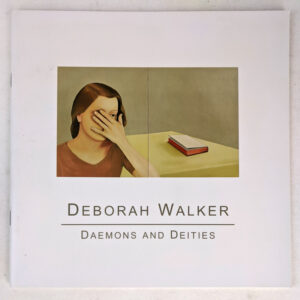
Daemons and Deities
AU$10.00 Read MoreAdd to cartDeborah Walker
Brisbane: Andrew Baker Art Dealer, 2014.Exhibition catalogue.
-
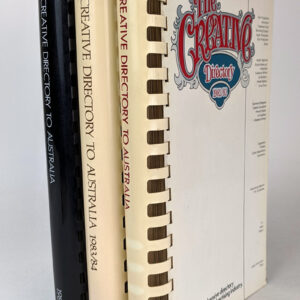
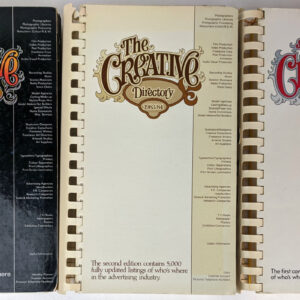
The Creative Directory to Australia 1982/83, 1983/84, 1985 (3 Volumes)
AU$250.00 Read MoreAdd to cartCreative Publications
Hong Kong: Creative Publications, 1983.The contact directory for Australian Creatives in the 1980s. Lists names, addresses, and phone numbers for individuals and agencies for any creative job from photographers, film production, and musicians, to model agencies, advertising, P.R., and more. Provided to Australia’s top advertiser’s these books were where to find creatives for industry gigs.
-
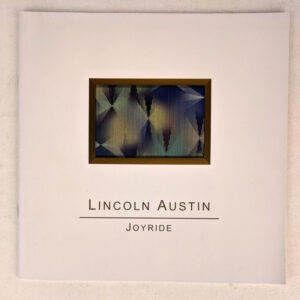
Joyride
AU$10.00 Read MoreAdd to cartLincoln Austin
Brisbane: Andrew Baker Art Dealer, 2016.Exhibition catalogue.
-
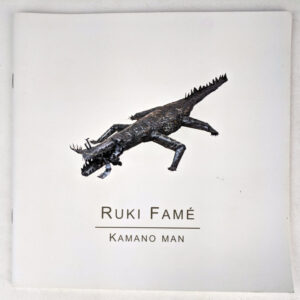
Kamano Man
AU$10.00 Read MoreAdd to cartRuki Fame
Brisbane: Andrew Baker Art Dealer, 2016.Exhibition catalogue.
-
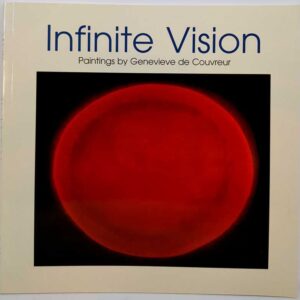
Infinite Vision: Paintings by Genevieve de Couvreur
AU$15.00 Read MoreAdd to cartGenevieve de Couvreur
Gold Coast: Keeaira Press, 2003.“Essay and catalogue of the work of Genevieve de Couvreur. The deep reds, oranges and purples are completely immersive, drawing the viewer deep within the work to a contemplative space heightened by the colour’s intensity. Her work wrings every drop of light energy it can from the rainbow.”
-
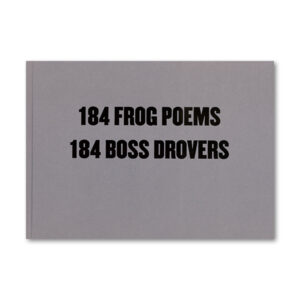
184 Frog Poems: 184 Boss Drovers
AU$40.00 Read MoreAdd to cartRobert MacPherson
Brisbane: Institute of Modern Art, 2001. -
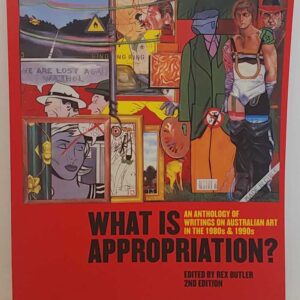
What Is Appropriation? An Anthology of Writings on Australian Art in the 1980s & 1990s
AU$45.00 Read MoreAdd to cartRex Butler
Brisbane: Institute of Modern Art, 2004.“It was probably Ad Reinhardt, though it could have been Sherrie Levine or even Andy Warhol, who remarked that you only know you are doing something original when everybody else is doing it. This book explores this and other paradoxes raised by the practice of appropriation the quotation and use of other artists’ work that became widespread in the 1980s. Why was the practice so uniquely popular in Australia? What did it say about the relationship of Australian art to the art of other countries; about white art to Aboriginal art; and about contemporary art to the art of the past? How and why does appropriation fundamentally challenge habitual ways of looking at pictures and thinking about art? The essays and pictures in this book provide answers to these questions, but always in the knowledge that the enigma of appropriation remains.”
-

Shangri-Less
AU$10.00 Read MoreAdd to cartSimon Mee; Rebecca Teo
Melbourne: Melbourne Books, 2014.
